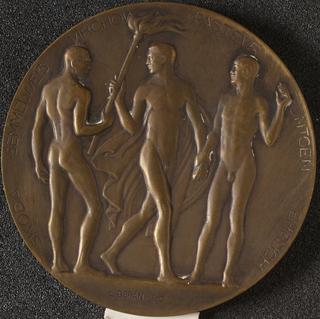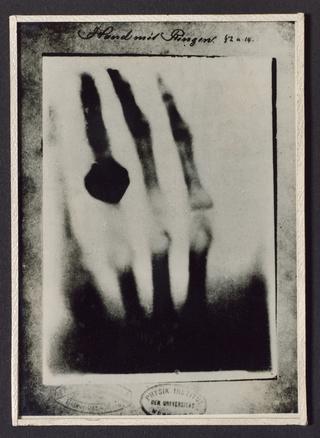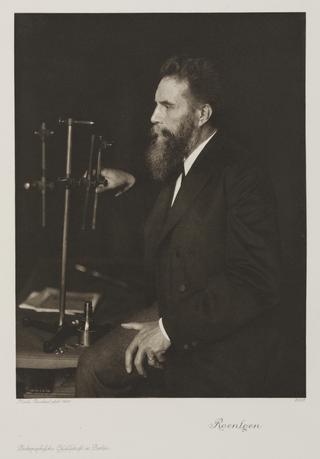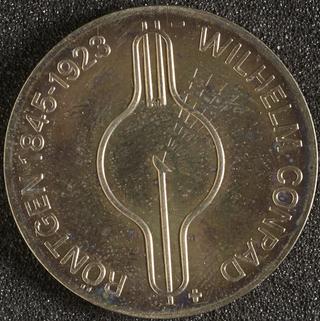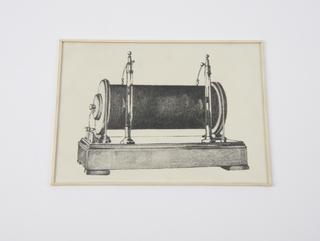
Wilhelm Conrad Röntgen 1845 - 1923
- occupation:
- Physicist
- Nationality:
- German
- born in:
- Lennep, Remscheid, Düsseldorf, North Rhine-Westphalia, Germany
Wilhelm Roentgen was a German physicist. In 1895 he discovered X-rays, which became important in medical diagnosis and therapy.
Roentgen was a professor of physics at Würzburg University. He was conducting an experiment when he noticed photographic plates near his equipment glowing. He discovered the glowing was caused by mysterious rays emitted by the glass tube used in his investigation. This tube contained a pair of electrodes. As electricity passed between the electrodes, X‑rays were emitted and appeared on the photographic plates. Roentgen called the rays ‘X’ for unknown.
Roentgen published his work months later. In it were astonishing pictures of the bones in his wife’s hand, still wearing a ring. The discovery made Roentgen a celebrity.
Becoming a physics professor had been difficult. Roentgen was expelled from school in Utrecht, and was unable to sit the examinations needed to get into university to study physics. Instead he enrolled at Zurich Polytechnic to study mechanical engineering. August Kundt was a professor of physics at Utrecht University. He recognised Roentgen’s talent and gave him a job in his laboratory, enabling him to begin a career in physics teaching.
Roentgen was awarded the first Nobel Prize in Physics in 1901 in recognition of his incredible discovery. Despite international fame, he stopped conducting X‑ray experiments just over a year after his discovery - he preferred investigating crystals and physical phenomena.


